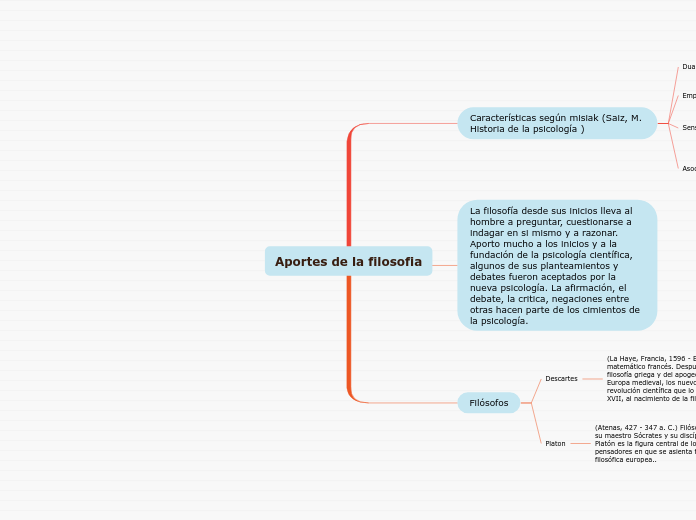jonka Wendy Morales 4 vuotta sitten
255
Aportes de la filosofia

jonka Wendy Morales 4 vuotta sitten
255

Lisää tämän kaltaisia

To name your story, you have to think about the overall message and what you want your audience to understand from the story. Also, make it relevant and easy to remember.
The ending of a story is essential. We all know that if the ending is weak, what happened before loses its importance. So make it unpredictable, but fair. A resolved ending answers all the questions and ties up any loose threads from the plot.
This is the closure section of the story.
See examples of possible outcomes below:
Try answering these questions to come up with a closure:
- Have all the problems been solved?
- Is there a clear picture of what happens with each character in the story?
- Has the challenge transformed your main character?
- How do the characters feel in the end?
Platón afirmaba que, el hombre está compuesto por dos sustancias diferenciadas, por un lado hallaríamos la parte somática (el cuerpo) y por el otro la parte psíquica (la mente)
This is the moment when the main character surpasses the last obstacle and finally faces their greatest challenge.
The climax usually follows one of these patterns:
Type in your answer.
Descartes planteaba el interacionismo, es decir, "El interaccionismo cree que el cuerpo (res extensa) y la mente (res cogitans) son distintos y separados, pero se influyen entre sí." (Saiz, M. Pag. 30)
Al contrario en la misma corriente también existió el paralelismo psicofísico que insinuado por Leibniz se desarrolla hasta Spencer y Bain. El paralelismo psicofísico "opina que el cuerpo y la mente son distintos y separados y no se influyen entre sí. Toda actividad mental tiene su correlato corporal, pero uno no es la causa del otro" (Saiz, M pág. 30). Esta fue aceptada por los autores de la nueva psicología
The middle of the story is where you add layers of complications that will lead to the end. Reveal more about the character's journey. Did their personality go through changes? How did they overcome the challenges? And as you build up the story’s central conflict, make it more personal to that character. Also, from the middle act, you have to lead into the final act.
In the beginning of the story (or the exposition), you will need to introduce the setting and characters. You might also want to introduce the main conflict. This part of the story is important because it gives the reader necessary background information and maybe even a first insight into a character’s personality.
The setting (time & place) of a story can change throughout the plot.
Characters are essential to a good story. Usually, the protagonist(s) is/are the most affected by the plot. Introduce a character by focusing on their actions, interests, and occupation, as the physical appearance doesn't make a difference in most cases.
Type in the name of your character.